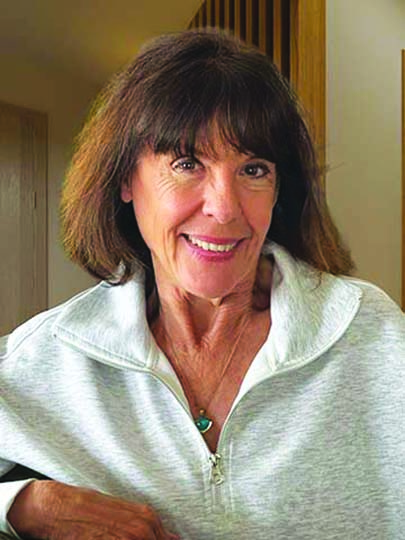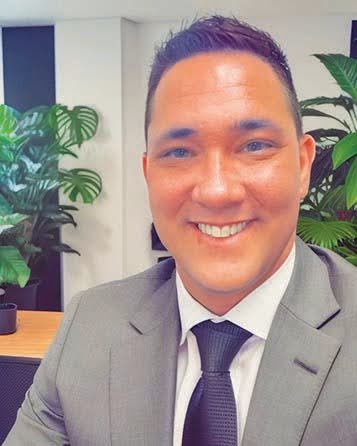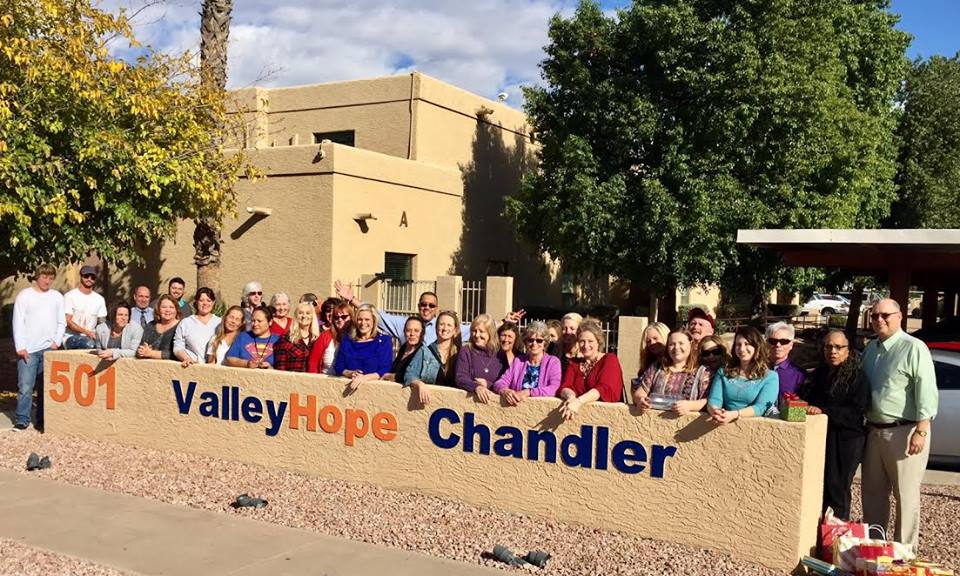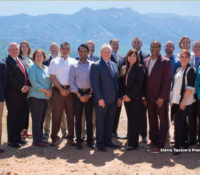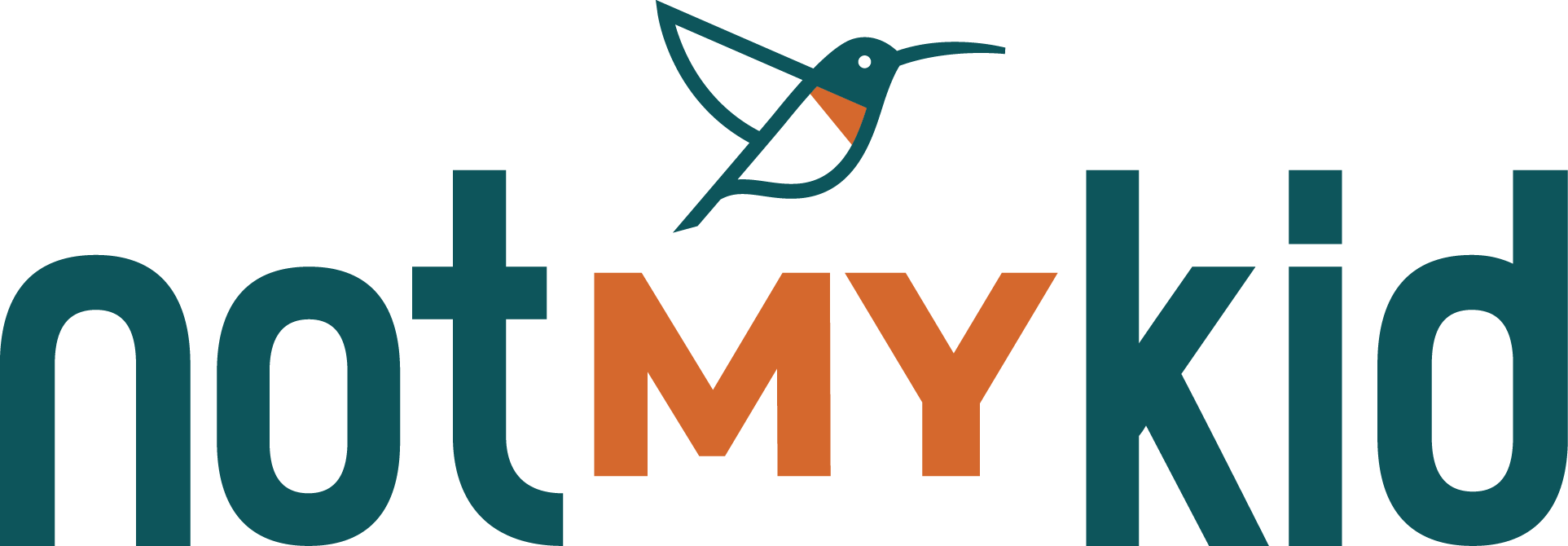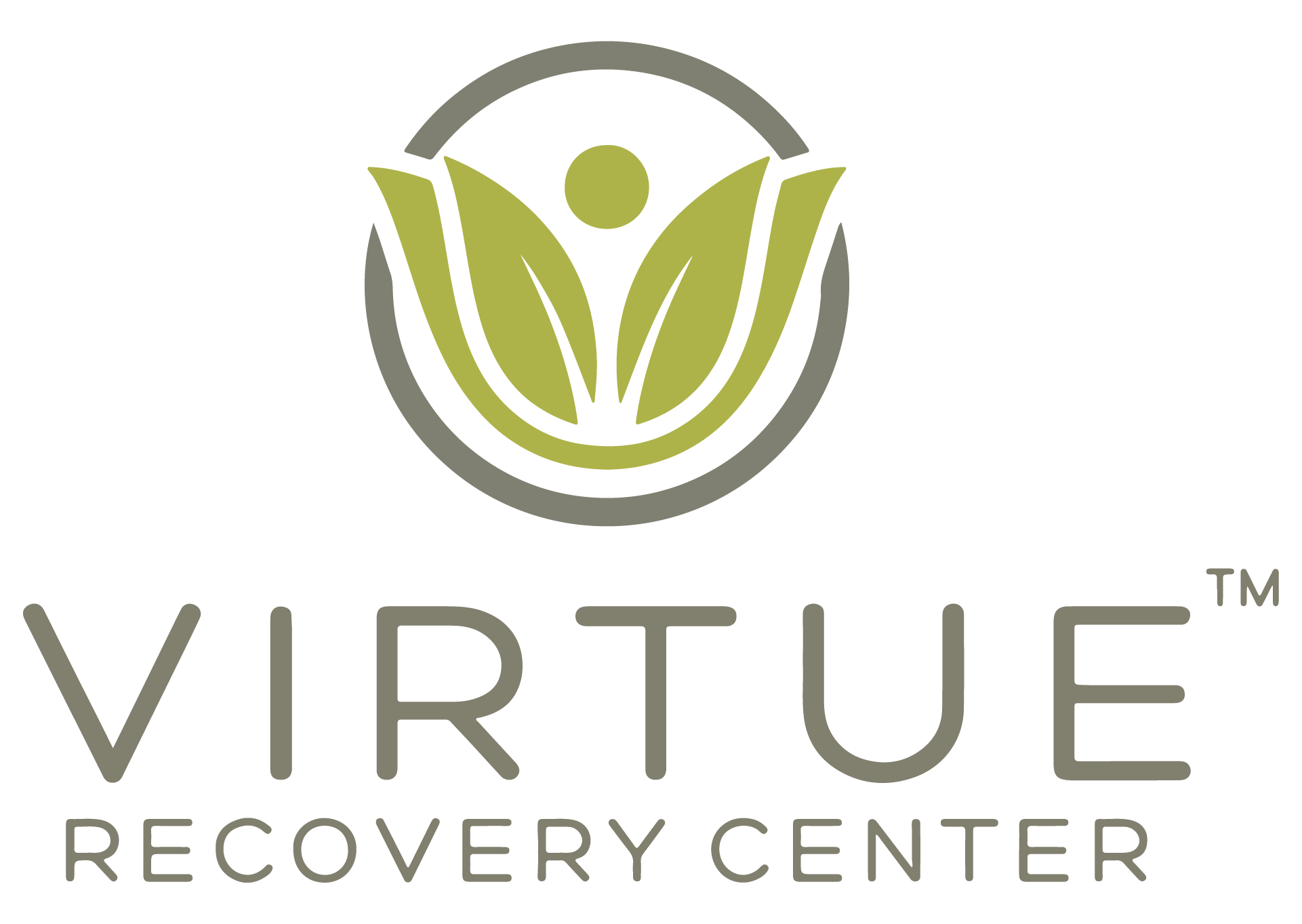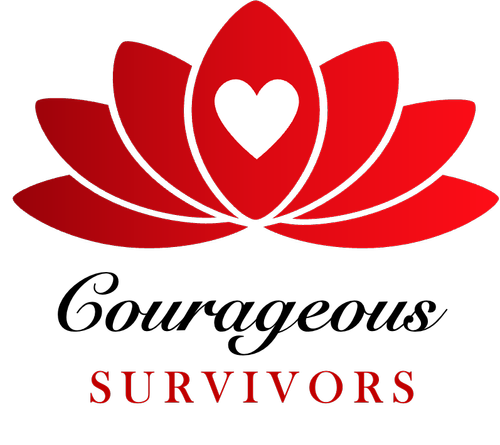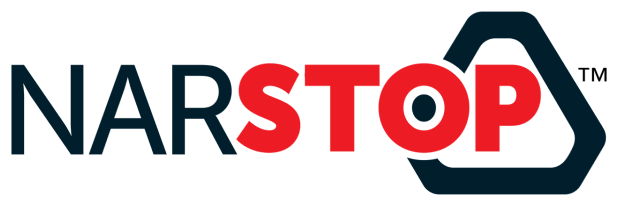Valley Hope has served Arizona for 33 years and counting
By Dan Lara, Public Affairs Manager, and Ashley Barcum, Content and Media Manager
You can hear the satisfaction 89p in Peggy O’Sullivan’s voice when she says the number — 23,565.
That is how many people, as of mid-January, that have been treated at Valley Hope of Chandler’s residential facility since the substance use disorder treatment organization first opened its doors in 1986. O’Sullivan has been with Valley Hope for more than eight of those years.
“The caliber of the people who work at Valley Hope and otheir dedication to the patients….that is what sets us apart,” said O’Sullivan, the Chandler facility’s executive director. “I have never worked with a more talented and dedicated group of people. We really love our patients.”
Valley Hope of Chandler is one of nine residential facilities in the continuum. Valley Hope also operates an outpatient center in Tempe, which has been in service since 1993. Together, these facilities offer comprehensive SUD treatment services, including medical detox in a safe environment; residential treatment with full-time care, counseling and education; outpatient and continuing care; family care; and medication assisted treatment.
Ruth Nelson credits Valley Hope for saving her life. The 42-year-old resident of Apache Junction spent her early life in a dysfunctional home where her mom was an alcoholic and drug addict. After spending three years in foster care, Nelson was adopted at age 7. As a teenager, she started experimenting with tobacco, alcohol, acid and cocaine. At 16, Nelson tried meth and was using it every day for almost four years.
“I was living in hell and hated God for all the things that had happened in my life,” Nelson said. “I felt like a hamster in hamster wheel running around in circles getting nowhere fast.”
After Nelson became pregnant, she stopped using meth cold turkey, but it didn’t last. When she reached her 30s and her children were older, she began drinking again, and it rapidly progressed. She reached a point where drinking was all she wanted to do. Her children were imploring her to stop.
“I just wanted things to be different,” Nelson said. She went online looking for help, discovered Valley Hope and made an appointment. She talked to Rose Koerber, a counselor at Valley Hope of Tempe. Koerber convinced Nelson to enter the Chandler facility, where she detoxed and eventually started Valley Hope’s Intensive Outpatient Program. She became active in Valley Hope’s alumni programs. Now, April 2019 will mark four years of sobriety for Ruth.
“It’s just amazing now how life is,” Nelson said. “Valley Hope saved my life. The first time I walked in there, it felt like home. I knew something good was going to transpire from all of this. Valley Hope saved my soul.”
Humble beginnings on the high plains
Nelson’s story is just one of thousands of successful recovery stories achieved through Valley Hope. The founding principles were built on love, compassion, understanding, faith and hope. These ideals became what is known today as “The Valley Hope Way.”
It began on the high plains of Kansas in the mid-1960s. Two men, Merlynn Colip, a family physician, and Bob Adams, a pastor, lived in the small community of Norton, in the northwest part of the state. They had a friend who suffered from alcoholism, and both realized they needed to help him before he drank himself to death.
Colip knew of a clinical psychologist, Dr. William “Doc” Leipold, who directed a treatment program for alcoholism in North Dakota. With the blessing of the man’s wife, and the use of their family car, Colip drove his friend 600 miles to Doc’s facility. Leipold was able to successfully treat the man. After returning home, Colip and Adams knew there were others in the community and surrounding areas who needed help treating their addictions.
With the assistance of several people in the Norton community, along with Leipold, Colip and Adams, Valley Hope was officially started in August 1967.
Fast forward more than 51 years, and Valley Hope has grown to 16 residential and outpatient treatment facilities, employing more than 650 people, in seven states: Arizona, Colorado, Kansas, Missouri, Nebraska and Texas. Since 1967, Valley Hope has treated almost 310,000 patients, a number that could easily fill Madison Square Garden 40 times.
“The legacy of this remarkable organization is nothing short of miraculous,” said Patrick Hall, executive vice president. “Without a commitment to the original vision and values set in place by our founders, Valley Hope would not be here today.”
Expanding to Arizona
There were two main reasons Valley Hope expanded operations to Arizona. Doc Leipold had visited Arizona several times and recognized a need for addiction treatment services in the state. In addition, Valley Hope was treating employees of Motorola Inc., a telecommunications company, that had a semiconductor plant in Chandler. Motorola was flying employees from Phoenix to Kansas City, Mo., where they were driven to Valley Hope’s residential facility in Atchison, Kan., about 35 miles away. Motorola had sent more than 120 employees to Atchison the year before Valley Hope opened in Chandler.
Valley Hope purchased a location in Chandler that was occupied by a church, which included an education building and several houses on the grounds. After months of renovations, Valley Hope of Chandler opened on Aug. 6, 1986. The Tempe outpatient center followed on Oct. 1, 1993.
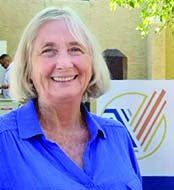 One of the very first Valley Hope employees at Chandler was Mary Fran Simons (known as “Mary Fran” to staff and patients alike), who continues to work with patients to this day as a chaplain. She also worked with the very first patient the facility admitted after opening.
One of the very first Valley Hope employees at Chandler was Mary Fran Simons (known as “Mary Fran” to staff and patients alike), who continues to work with patients to this day as a chaplain. She also worked with the very first patient the facility admitted after opening.
“The mission and philosophy of Valley Hope is what drew me to work here,” Simons said. “We never try to cut people down but try to help them find their own strength and use it in recovery. Working as a chaplain, I have had the privilege of meeting with literally thousands of people in the most personal and vulnerable ways.”
The Valley Hope Way
You hear employees talk about it and alumni swear their lives by it. The Valley Hope Way. When the organization celebrated the 50-year anniversary of its founding in 2017, this principle was described as “love in action.”
“It involves welcoming patients and their families into our Valley Hope family with empathy and without judgement, just as they are,” wrote long-time employees, Dave Ketter and Curt Krebsbach, for the organization’s alumni magazine, Coffee Cup. “That relationship, that family bond, is intended to last a lifetime.”
Rose Koerber, the counselor who helped get Ruth Nelson into treatment, agrees with this sentiment.
“One of my first teachers was Doc Leipold,” Koerber said. “Doc taught me that The Valley Hope Way means loving patients where they are at from the beginning; loving them when they do not love themselves; and trusting them when no one else does.”
Along with the principles that form The Valley Hope Way, the organization has prided itself on being at the forefront of clinical advances in addiction treatment (see Valley Hope’s services).
Medication Assisted Treatment
Valley Hope, like other addiction treatment organizations across the country, has seen the tragic effects of the opioid epidemic firsthand. The epidemic has sparked a public health emergency, legislation at the federal and state level, and more funding to help battle the crisis.
Medication Assisted Treatment (MAT) is one therapy that Valley Hope uses to treat those with an opioid use disorder. MAT for opioids consists of medications that evidence has found can help with a patient’s withdrawals and cravings alongside the provision of counseling services and other supports.
“Valley Hope strongly supports MAT therapy,” said Melissa Kinworthy, director of outpatient services. “The incorporation of MAT in addiction treatment has been big. Before MAT, there were two separate schools of thought on treatment – abstinence and harm reduction.
Susan Warren sees the use of MAT as a big change for Arizona communities, but a positive one—even though its acceptance has been slow in some parts of the addiction treatment community.
“Our patients are sicker than they were when I started at Valley Hope 14 years ago,” said Warren, who serves as assistant director of clinical services. “MAT is the strongest evidence-based treatment that we have, at this point, for opioid use disorders.”
Since MAT became more prominent about 10 years ago, both Warren and Kinworthy agree there has slowly been a change in its perception in the recovery community. Previously, the recovery community almost entirely supported abstinence-based practices. Some argued that if patients were using MAT, they were not sober.
Ultimately, Valley Hope bases the decision to implement MAT on each patient’s situation, Kinworthy said.
“I would say that, for the vast majority of patients with an opioid use disorders, MAT is going to be the best course of action, but there is not a set amount of time everyone would be on the therapy,” she said. “Everyone’s response to treatment is going to be unique.”
Seeking and finding a Higher Power
A unique aspect of Valley Hope’s treatment program since the beginning is the spiritual component. Valley Hope employs full-time chaplains at each of its residential facilities. Patients are assigned a nurse, individual counselor, small group counselor and chaplain when they enter residential treatment.
The belief in and reliance on a higher power is in line with the 12 Steps, according to Warren. While it’s spiritually based, the program is outside of any specific religion and is completely patient-centered.
Chaplain Simons explained that finding or strengthening a belief in a higher power that may have waned can be a powerful experience.
“I try to meet each person, listen to them and let them know I have heard them,” she said. “Then, I try to reflect back to them some of their experiences. I honor their quest. I don’t preach religion. I listen, and I hear their experience and what is underneath that.”
Ruth Nelson decided early on in her recovery journey from alcoholism to seek out and rely on a higher power to guide her.
“I’d been doing things the same for so long,” she said. “I needed to do things better and differently. So, I handed over my reigns to a higher power.”
Get help. Find hope.
If you are struggling with drug and alcohol addiction, there is hope. Valley Hope’s mission is to provide comprehensive SUD treatment services, in a caring atmosphere and at a reasonable price, for all people. The toll-free hotline is available 24 hours a day at (800) 544-5101. A team of dedicated admissions counselors can visit with you about Valley Hope’s services and how to start your road to recovery.
You also can visit www.ValleyHope.org to learn more about Valley Hope’s programs, take an assessment or live chat with an admissions specialist.
Residential services are available at Valley Hope of Chandler, 501 N. Washington St., Chandler, AZ 85225, (480) 899-3335. Valley Hope of Tempe, the outpatient center, is located at 2115 E. Southern Ave., Tempe, AZ 85282, (480) 831-9533.

